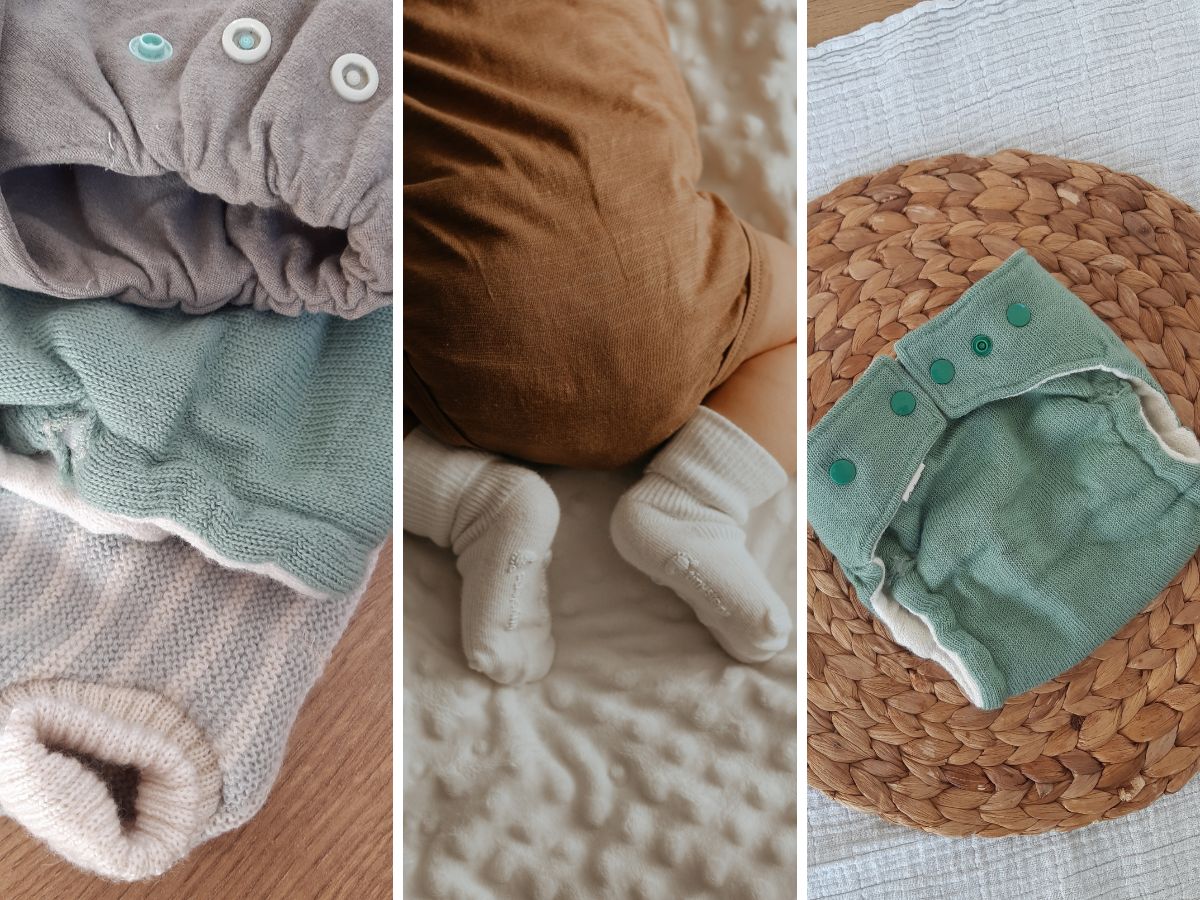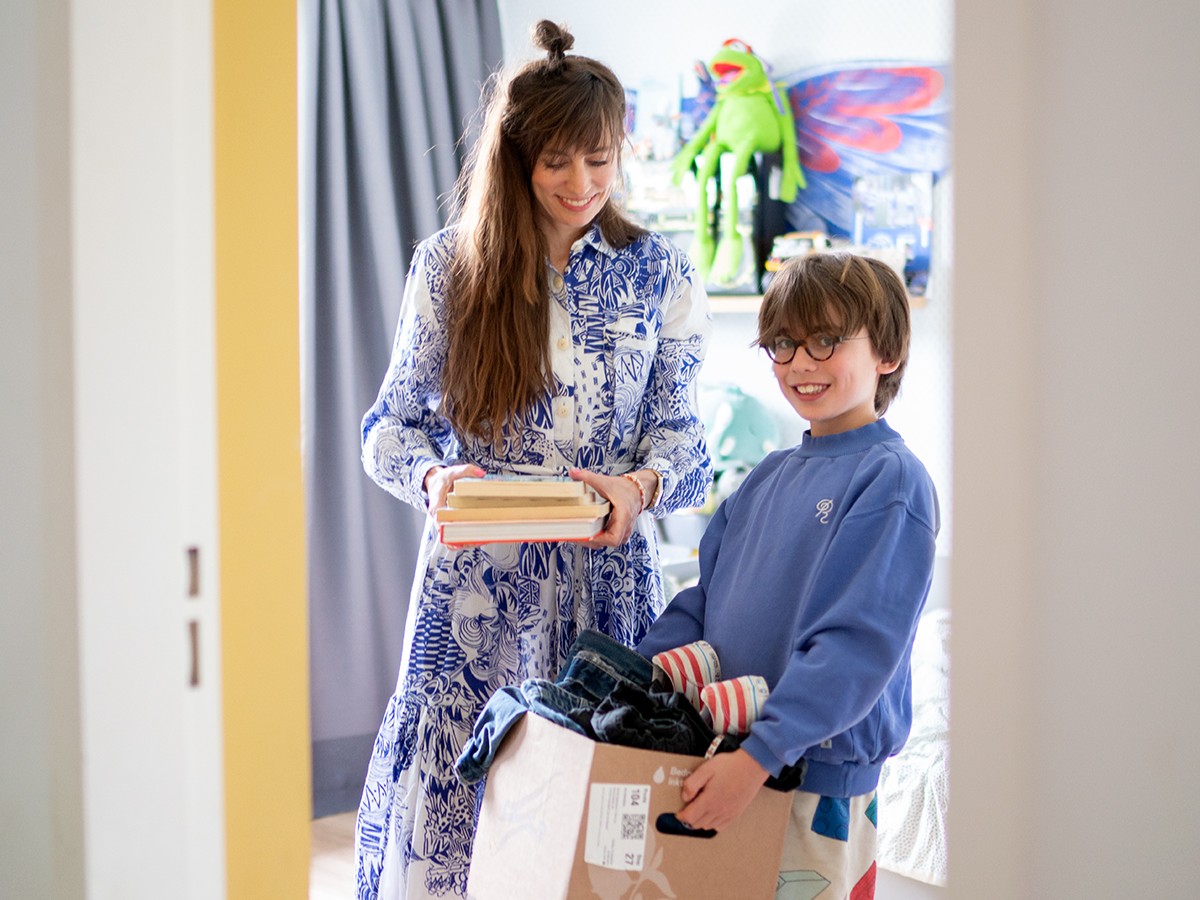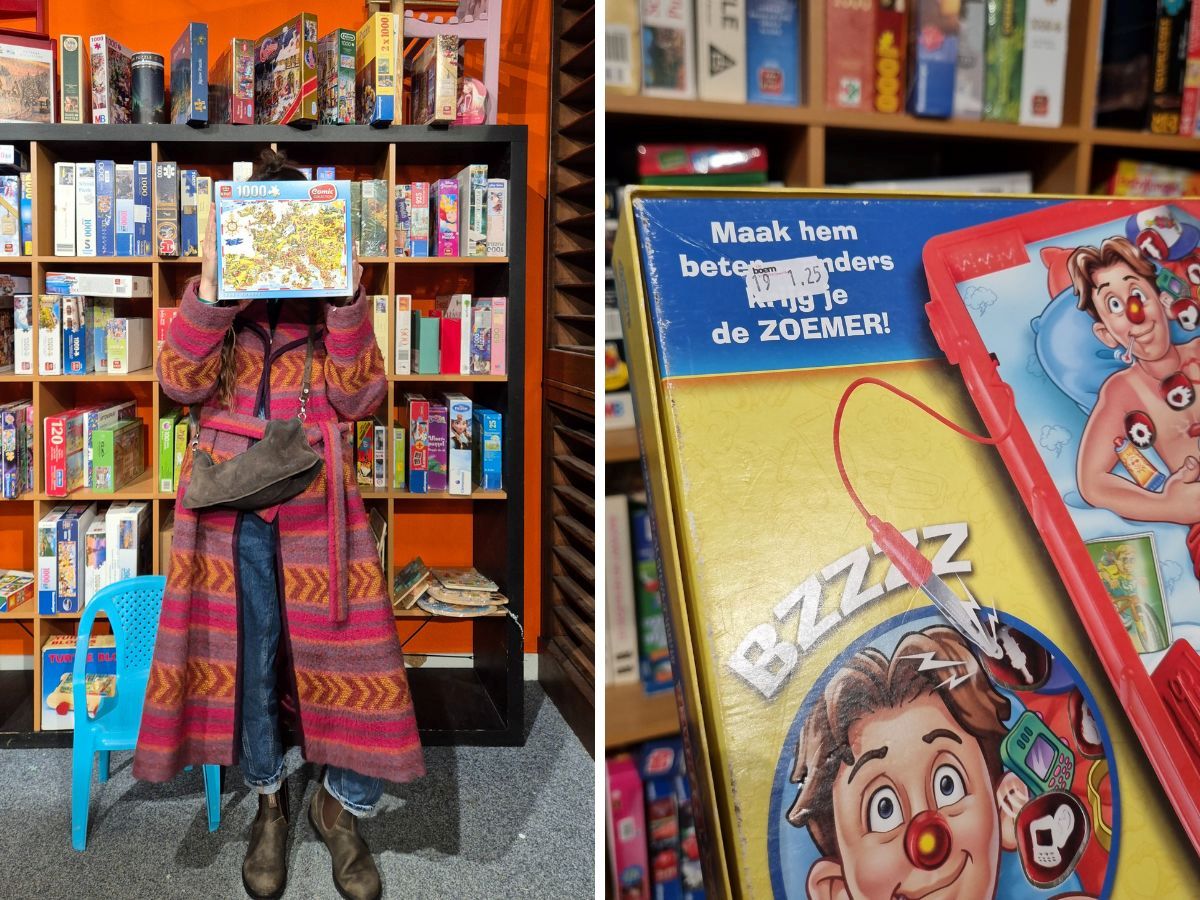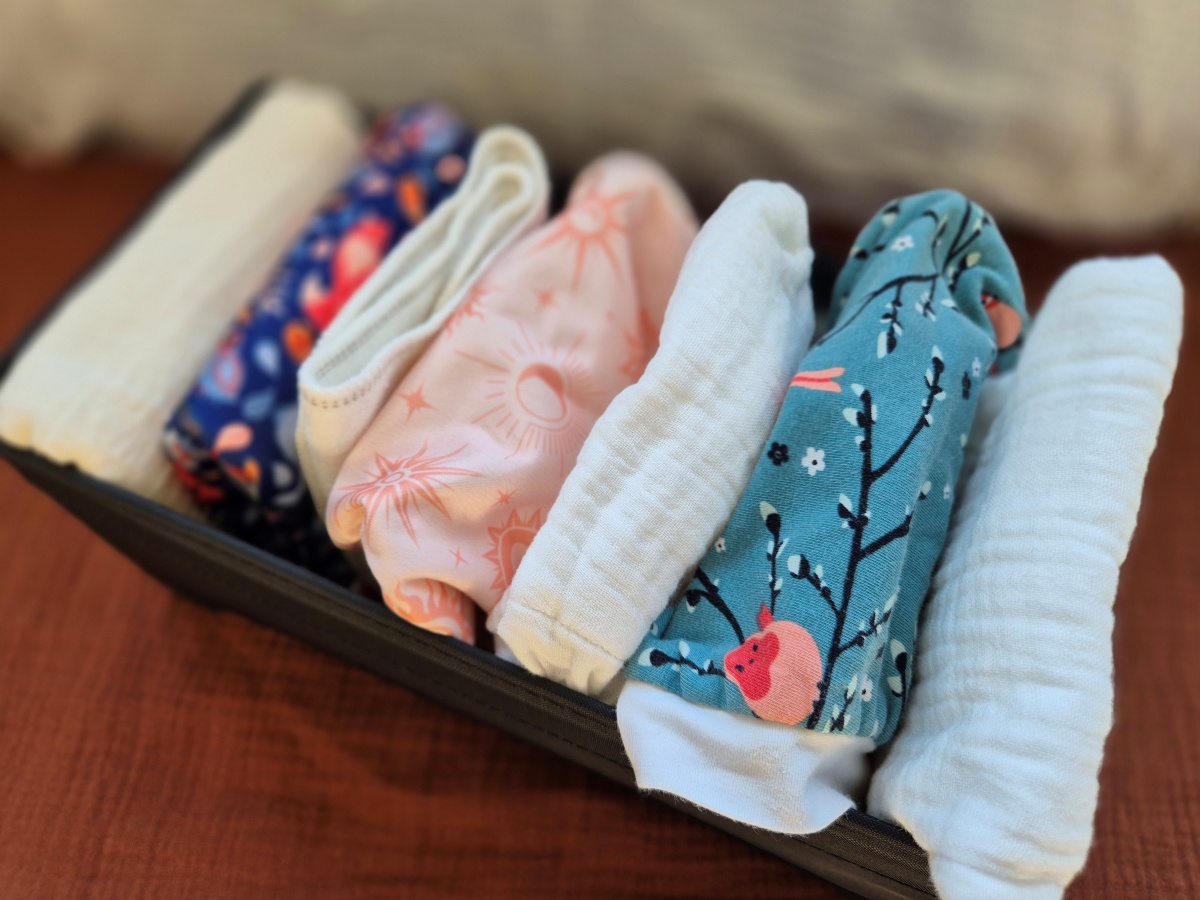Would you like to use plastic-free washable nappies for your baby? Then a wool diaper cover is a nice, natural alternative. Once you discover the benefits of wool nappies, you won't want anything else. Wool nappies are temperature-regulating and they also require less frequent washing than polyester nappies. In addition, wool is naturally water-repellent and can stop leaks. Wool pants are therefore ideal for babies who urinate a lot or for nighttime use. Time to learn more about this special, natural material.
What makes wool pants so special?
A washable nappy consists of two parts: an absorbent part and a water-repellent part. For the water-repellent part, you can choose from three materials: PUL, TPU and wool. PUL and TPU are both made of polyester - i.e. plastic - with a synthetic water-repellent layer. Do you prefer only natural material around your child's bottom? Then wool pants are a good choice. And that's not all, as woollen pants have many other advantages.
Wool regulates temperature
Wool regulates temperature: your baby stays nice and warm in winter and cool in summer. It may sound a bit crazy, but it is fine to put wool overpants on your baby in summer. Wool pants come in all shapes and sizes. In summer, of course, it is wise not to choose the thickest overshirt. Your thick wool jumper is also a bit warm in summer. But thin wool pants are fine for your baby to wear in summer and are even less sweaty than a disposable plastic nappy.


There are all kinds and sizes of wool pants. Thin wool pants (pictured right) are also fine for your baby to wear in summer.
Woolen overpants need to be washed less often
Polyester knickers can only be worn by your child for one or two days at the most, if you air them thoroughly in between. You can even use wool pants for two to three weeks without washing them. This is because wool has self-cleaning properties and is antibacterial. Just think of a wool shirt, you don't have to wash that as often either. Of course, it is important to air a woollen bib between uses and wash it if it gets poopy or starts to smell. Wash wool at a maximum of 30 degrees. This can be done by hand or on a special wool programme in the washing machine. This is because wool does not cope well with temperature fluctuations. You also need a special wool detergent for wool. Find more information on washing woollen overpants here.
Disinfecting wool
What if your baby just had a bad stomach flu and your woollen overpants didn't stay changed? In that case, it's nice to disinfect the wool properly. Luckily, you can! Because you can boil wool. Boiling wool! Won't it shrink? Not if you pay attention to a few things and avoid temperature fluctuations and movement. Here's how to boil wool: fill a pan with lukewarm water and put your wool pants in it. Bring it slowly to the boil and - note, important! - make sure not to move the woolen overpants until they have cooled down completely. Turn off the cooker as soon as the water boils and wait until the water has cooled down again before taking the wool pants out.
Beware: only do this with overpants made entirely of wool. If there are plastic snaps or elastic bands in the nappy, the question is whether they can withstand this.
Woolen overpants leak less easily
You might not immediately think it when you think of your warm woollen jumper, but sheep's wool is naturally water-repellent. This is due to lanolin, a type of fat that sheep make themselves through their sebaceous glands. While processing and washing wool (with wool detergent), the lanolin disappears from the fibres. But don't worry, there is an easy trick to restore lanolin to the wool: by giving your wool overpants a lanolin bath. You do this about once every two to six weeks, depending on how often you use the pants. This will keep your wool pants water-repellent. If you want to know exactly how to lanolise wool pants, check out our handy step-by-step guide here. If a wool pant is well lanolised, it is usually less likely to leak through than a PUL or TPU overshoe.
Disadvantages of wool pants
So wool overshorts have many advantages, but there are also disadvantages. Firstly, wool pants - like the lanolin they are treated with - are not vegan. If this is an important issue for you, you will quickly end up with a pair of PUL or TPU pants. If you do like to use woollen pants, preferably choose second-hand ones or ones made of recycled or organic wool. In addition, woollen pants are slightly thicker than those made of PUL or TPU. If you prefer the thinnest nappy, wool is not the best choice either. Finally, PUL or TPU pants are usually easier to use. Does a little poo get on the pants? Then you can easily wipe it off. And washing them is simple too: they can usually be washed at 40 degrees. You can read more about washing washable nappies in this article.
Will you go for a wool overpants?
So wool is a material well suited for the outside of washable nappies. You need to know how it works for a while, but after that it is actually very easy. Because good woollen pants leak less easily than PUL or TPU pants, many parents use them at night. During the day, woollen pants are slightly less popular because they are a bit thicker, but there are also nice thinner woollen pants that are fine for daytime use. This way, baby's bottoms have a breathable, natural material around them all day long. Curious about the materials you can use on the inside of washable nappies? Then read this article on the materials of washable nappies.
Sources: Nappy's.nl, Jovoh, Waschbare Welt. Photo credits: main image centre: Taisiia Shestopal (Unsplash), other photos: Kirsten Schoner.












